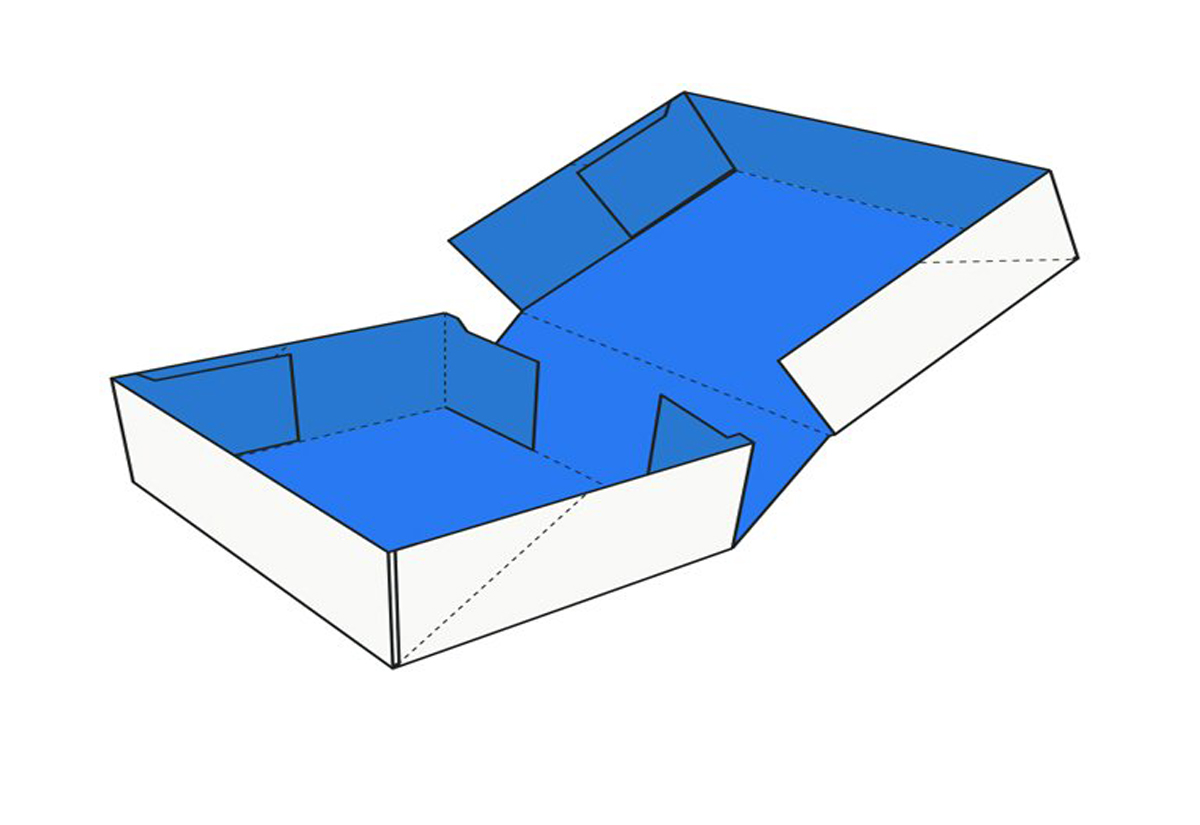
The world of trading is well-known for its fast conduct. In the fast-moving markets, momentum is everything. It is that quick and sharp price move that occurs suddenly and lasts for a short time. This momentum comes from several factors. The most important are news events, earnings reports, and market breakouts. Traders who learn to identify and manage to timely react to immediate price surges can catch them before the market shifts again. However, trading momentum needs a thoughtful approach. You must have a sound plan with the right tools so you can avoid the risks that quick trading opportunities carry.
That is why building a trading plan around immediate momentum is a useful approach for traders. This is especially fruitful for short-term traders. This article covers essential steps for doing just that, including strategies for creating a trading plan based on short-term momentum, how to apply momentum signals, and developing a trading strategy with a focus on quick market momentum.
Why You Should Trade Momentum?
Momentum trading is celebrated because it helps you get quick profits. If used thoughtfully, it can be very profitable. Traders trade momentum for the following reasons:
- Quick profits from quick price moves
- High precision when momentum indicators coordinate
- Clear entry and exit signals
- Less exposure to long-term market noise
But success requires discipline and planning. Let’s explore some strategies for creating a trading plan based on short-term momentum.
Strategies for Creating a Trading Plan Based on Short-Term Momentum
A solid trading plan should include some important things. These are choosing when to enter, how to manage risk, and when to exit.
Choose Your Timeframe
Momentum trades are best when used with short timeframes. 1-minute, 5-minute, or 15-minute charts are the most useful and worthwhile. You must choose a timeframe that matches your style and availability. Different trading strategies need different timeframes to be successful. For example, a 1 to 5-minute timeframe is best for scalping. Day trading can work well if used with a 5 to 30-minute chart. A 1-hour chart for swing momentum is enough for quick multi-day setups.
Set Entry Rules
Base your trade entries on clear momentum shifts in the market. You can use price action and indicators to fix your entry points. Look for strong price candles with little to no wicks. Breakouts with sharp volume spikes also show a high interest from traders. Also, do not forget to use indicators like RSI crossing 50, MACD crossover, or a sudden rise in Stochastic. Momentum trades should show instant follow-through. If the price slows down, it may be a false signal.
Predefine Risk and Reward Levels
Always calculate how much loss you can withstand and where you will take profit. For this, you fix important levels. For example, aim for a 1:2 risk-to-reward ratio. Similarly, a stop-loss level must be fixed just below the breakout level. Also, fix a take-profit level adjacent to the next support/resistance levels or a fixed target based on the recent move.
How to Incorporate Immediate Momentum in Your Trading Plan
If you are unsure about how to incorporate immediate momentum in your trading plan, focus on preparation, tools, and timing.
Watch Market Times
Momentum often appears at particular times:
- First 30 minutes of market opening
- News releases
- Earnings reports
- Breakout levels are tested after consolidations
Programme your trading activity during these times. This will increase your chances of catching momentum moves.
Use Momentum Indicators
The most useful tools to locate momentum include RSI, which helps with learning the buying and selling conditions of assets. MACD catches shifts in momentum direction, and volume verifies if the momentum is real or fake. You can combine these indicators for even better confirmation.
Swift Trade Placement
Momentum trades must be quickly traded as they don’t last long. You can speed up your entries by using hotkeys, one-tap trading, or mobile platforms. Don’t take much time to think. If a setup seems genuine, just go for it. And, if it doesn’t, then just ignore it and move on. Keep your charts simple, too, as cluttered indicators and lines can slow you down and create unnecessary confusion.
Developing a Trading Strategy With a Focus on Quick Market Momentum
To succeed, you need more than just a tool. You need a mindset and structure. Here is how to go about developing a trading strategy with a focus on quick market momentum:
Follow High-Probability Setups
Do not follow every trend. Focus only on trades where price breaks a key level with strong volume and various indicators align. There’s clear room for the price to run. Do not attempt to trade in low-volume or sideways markets. Momentum strategies fail in choppy conditions.
Track Your Trades
Note down your trades in a journal. It must contain the following things:
- Entry and exit points
- The reasoning for taking the trade
- Indicators used
- Outcome and lessons
Assess your trades every week to locate the areas of improvement.
Act According to Market
Momentum behaves differently in different market circumstances. In unstable markets, trades may last for a long time. In slow markets, quick opportunities disappear fast. You must adjust accordingly and use closed stop-losses in unstable markets. You can extend take-profit targets when the market is trending strongly.
Use the Right Trading Tool
Besides building a good trading plan, it is important to use appropriate trading tools. Many AI trading apps offer essential tools and useful insights for trading correctly. The Immediate Momentum platform is a well-developed trading hub that provides smart strategies and tools to support successful trading decisions. It offers a simple interface and a free signup that makes it a good choice for beginners. It doesn’t charge any hidden fees and carries out transparent trading operations. Making trades and profit withdrawals is simplified, so you can worry less and learn more using this platform.
Summary
Building a trading plan around immediate momentum is very helpful in fast markets. It’s not just about catching a shift. You also need to know when to act, how to confirm the move, and how to manage your trade once you are in.
Use short-term momentum strategies to create a trading plan. Add the right tools and focus on quick market movements. This way, you can catch price moves that others often miss. Keep your plan simple, stick to high-quality setups, and always manage your risk. That’s the real key to turning momentum into profits.







